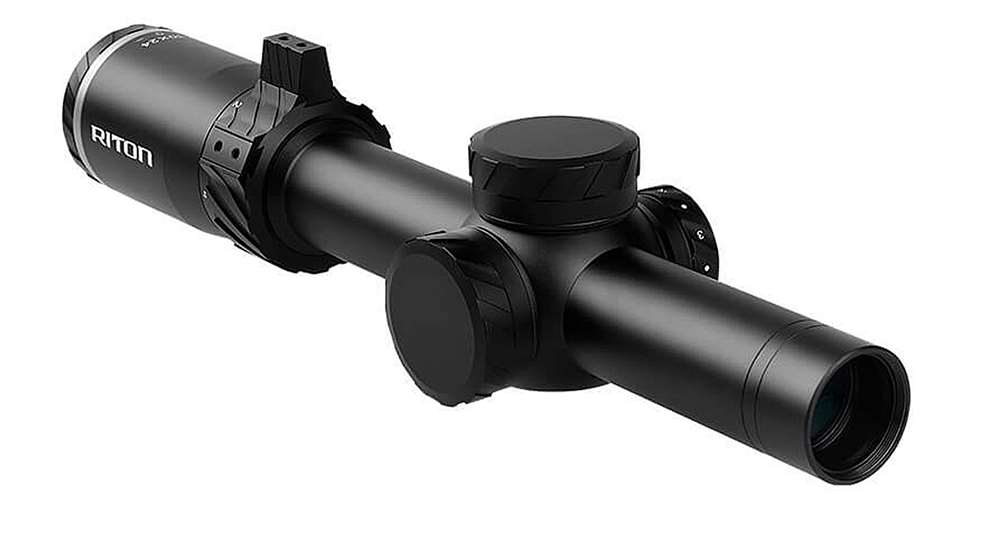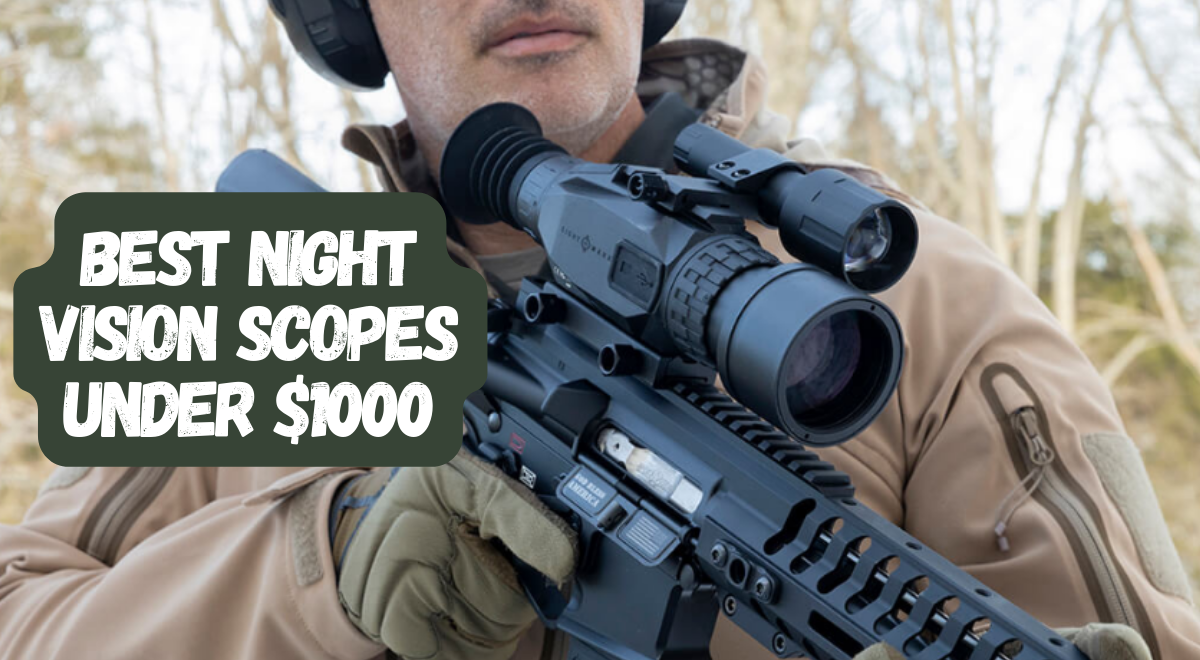The best power for a spotting scope typically ranges from 20x to 60x magnification. This range balances detail and a wide field of view.
Spotting scopes are essential tools for birdwatchers, hunters, and nature enthusiasts seeking up-close views of distant objects. The ideal magnification power of 20x to 60x allows users to zoom in on subjects while maintaining enough field of vision to easily track moving targets.
It’s important to choose a scope that offers clear, crisp images without a significant loss of light, which often occurs at higher magnifications. The quality of the optics and the size of the objective lens also play crucial roles in image clarity and brightness. A spotting scope with a variable zoom eyepiece provides flexibility, adapting to varying viewing conditions and personal preferences. Users must also consider the weight and portability of the scope, especially when planning to transport it to remote locations.
Spotting Scopes 101
Embark on a journey through the world of spotting scopes. These powerful tools bring distant wonders into clear view. Yet, choosing the best power for your needs is vital. Read on to discover the key features and functions for peak performance anytime, anywhere.
Key Features And Functions
Understanding a spotting scope’s core capabilities is crucial. Look for these top features:
- Magnification: transforms tiny to tremendous.
- Lens Quality: dictates clarity and detail.
- Objective Lens Size: larger lenses mean brighter views.
- Focus Mechanism: fine-tuning for sharp, precise imagery.
- Eye Relief: comfort for long spotting sessions.
- Weatherproofing: readiness for any conditions.
Remember, an ideal magnification power lies between 20x to 60x. This range offers versatility and sharpness.
Scope Terminology Simplified
Spotting scope jargon might seem daunting. Here’s a simple breakdown:
| Term | Meaning |
|---|---|
| ED Glass | Lessens color fringing for pristine images |
| Angled vs Straight | Type of eyepiece design, impacting viewing comfort |
| Twilight Factor | Measures low-light performance |
| Field of View | Width of area visible at 1000 yards |
Spotting scope power is expressed as ’20-60x80mm’. The first numbers are magnification range. The last is the objective lens diameter in millimeters.
Magnification Needs
An ideal spotting scope combines practicality with performance. Picking the right magnification is like choosing the best binoculars for an eagle-eyed view. Magnification determines how close you feel to your targeted sight. The perfect power magnifies enough for clear, detailed observations without sacrificing field of view. Spotting scopes usually offer varied magnification ranges, so knowing your needs is key.
What Are You Viewing?
Your target plays a pivotal role in deciding the magnification. For casual birdwatching, lower magnifications might suffice. This provides a wider field and stable visuals. Conversely, astronomy aficionados require stronger magnifications to gaze at celestial bodies. A scope that zooms in more brings distant stars within reach. The table below outlines activities matched to suggested power ranges:
| Activity | Magnification Range |
|---|---|
| Birdwatching | 20x – 40x |
| Shooting Range | 20x – 60x |
| Astronomy | 60x – 100x |
| Wildlife Tracking | 20x – 60x |
Distance And Detail
Two main factors influence spotting scope power: distance and detail. To view distant objects, high magnification draws them close. You witness the intricate patterns on a bird’s plumage or the craters on the moon. But too much power can lead to shaky images and a narrow field of view. Always balance magnification with the scope’s stability and the environment’s atmosphere.
For a general rule, remember this:
- Lower magnifications are for short distances and larger areas.
- Higher magnifications are for long distances and fine details.
Selecting a scope’s power is not one-size-fits-all. Match magnification to your specific viewing needs for a rewarding experience. Choose wisely to ensure every glimpse through your scope is nothing short of remarkable.
Optimal Power Ranges
When diving into the world of spotting scopes, the power or magnification is crucial. The power determines how close objects appear through your scope. Spotting scopes with different power ranges serve various purposes. The key is to find a balance between magnification and clarity. Let’s explore the optimal power ranges to guide you in selecting the best spotting scope.
!– Low Power Versatility —
A spotting scope with lower power magnification offers broad views. These are typically in the 15-30x range. Ideal for bird watching or surveying landscapes, they ensure a larger field of view. Lower power scopes make tracking moving subjects easier. They also provide brighter images in low light conditions. Most importantly, they are more stable, reducing the need for a tripod.
- Wide field of view for easy tracking
- Better image brightness in dim light
- Greater stability, less shaking
!– High Power For Detail —
For crystal-clear details at long distances, high power ranges are the way to go. Typically set above 40x magnification, these scopes are perfect for seeing fine details. This power is ideal for astronomy or spotting elusive wildlife. They make distant objects like planets and birds appear close and detailed.
| Magnification Power | Uses |
|---|---|
| 40x and higher | View distant objects with precision |
However, with higher magnification comes greater sensitivity to movement. Users typically need tripods or stabilizing gear at these power levels. These scopes frequently struggle in low light conditions compared to their lower-powered counterparts. An expert tip is to choose a scope with a variable power range. This allows for both wide views and detailed looks at a high power setting.
- Perfect for distant detail
- Requires stabilization support
- Performs less optimally in low light

Credit: www.shootingillustrated.com
Lens Quality And Power
When choosing a spotting scope, lens quality and power are vital. Spotting scopes come in a variety of magnifications, but it’s not just about how far you can see. The lens quality determines the image clarity and richness.
Glass Clarity And Coatings
The lens is the heart of a spotting scope. Superior glass quality ensures crisp images, even at high magnifications. A scope’s glass should have a high level of light transmission. This makes sure the view remains bright and clear.
Coatings on the glass also play a big role. These coatings reduce glare and enhance clarity. Most high-end spotting scopes come with multi-coating. This means several layers cover the lens. These layers improve your view. Look for phrases like ‘fully multi-coated’ when choosing a scope.
Balancing Power With Lens Attributes
Spotting scopes boast impressive power. But with greater power comes greater responsibility. A high magnification means a narrower field of view. This can make it hard to track fast-moving subjects.
- Low magnification offers wider views, good for scanning large areas.
- High magnification provides more detail, ideal for stationary objects.
A perfect balance is key. The goal is to have enough power without losing image quality. A scope with a high-quality lens will allow for clearer images, even at high power. Good scopes manage this balance between magnification and lens attributes.
Remember: the best power for a spotting scope is one that gives clear and bright views. It should balance magnification with lens quality.
Field Tests And Reviews
Choosing the best power for a spotting scope is key for clear, sharp images. Users need real-world feedback. Field tests and reviews help make informed decisions. We’ve gathered insights from various levels of expertise. Let’s explore what professionals and amateurs report about spotting scope powers in their reviews and field tests.
Experiences From Professionals
Professionals who use spotting scopes extensively provide valuable insights. These experts often test scopes under diverse conditions. Here’s what they found:
- High magnification (60x-80x) allows for detailed observation at long distances.
- Mid-range powers (20x-40x) offer a balance between detail and field of view.
- Lower magnifications (15x-20x) excel in maintaining a wide field of view, crucial for tracking fast-moving objects.
| Magnification | Field of View | Detail Resolution |
|---|---|---|
| 15x-20x | Wide | General |
| 20x-40x | Moderate | Good |
| 60x-80x | Narrow | Excellent |
Amateur Observations
Spotting scope users with less experience also share useful reviews. Amateurs prioritize ease of use and practicality. Field tests reveal:
- Scopes with variable zoom are versatile.
- Stability can be a challenge at higher magnifications without a tripod.
- Lower-powered scopes are more forgiving of hand movement.
These insights support the fact that the “best” power depends on the user’s needs. Both professionals and amateurs stress the importance of trying different scopes to find the perfect fit for personal use.

Credit: www.linkedin.com
Selecting Your Spotting Scope
Are you eager to choose a spotting scope that meets your needs? Selecting Your Spotting Scope involves understanding your requirements and the different features available. This section will help you decide on the perfect scope for your adventures, whether for bird watching or stargazing.
Considerations And Common Uses
Selecting the right spotting scope involves several factors:
- Magnification Power: Higher isn’t always better. Balance magnification with image stability.
- Lens Quality: A good lens offers clear, bright images.
- Size and Weight: Consider portability if you travel often.
- Waterproof and Fogproof: Essential for outdoor use.
Common uses for spotting scopes:
- Bird Watching: Spot fine feather details at a distance.
- Hunting: Identify game from afar.
- Astronomy: Observe lunar and planetary features.
- Surveillance: Zoom in for clear distant views.
Top Picks For Different Applications
Your application dictates the best spotting scope:
| Application | Recommended Power | Why It’s Suitable |
|---|---|---|
| Bird Watching | 20-60x | Versatile for varying distances. |
| Hunting | 20-40x | Optimal balance for field use. |
| Astronomy | 25-75x | High power for celestial details. |
| Surveillance | 30-80x | Max power for distant spotting. |
Choose wisely based on activity and environment. Test out different options to find what works best for you. Embrace the natural world or the stars above with the perfect spotting scope by your side!

Credit: www.amazon.com
Frequently Asked Questions On What Is The Best Power For A Spotting Scope?
What Determines A Spotting Scope’s Power?
The power of a spotting scope is determined by its magnification level. Higher magnification offers closer views but may reduce image brightness and steadiness.
Is A Higher Magnification Better For Spotting Scopes?
Not always. While high magnification brings distant objects nearer, it can diminish image quality and brightness. It also narrows the field of view and can make the scope harder to stabilize.
What Magnification Is Best For Bird Watching?
For bird watching, a spotting scope with a magnification range of 20x to 60x is ideal. It allows for versatile observation without sacrificing image quality or ease of use.
Can I Use A Spotting Scope For Stargazing?
Yes, spotting scopes with higher magnifications, around 60x or greater, can be used for stargazing. However, they are less powerful compared to dedicated astronomical telescopes.
Conclusion
Selecting the optimal power for a spotting scope hinges on intended use and preferences. Higher magnifications yield detailed views but require steadiness and clear conditions. Versatility often resides in mid-range powers, balancing clarity and stability. Ultimately, your choice shapes the quality of your outdoor observations, ensuring a gratifying experience with every use.



